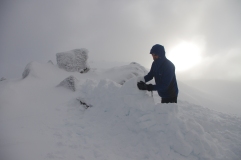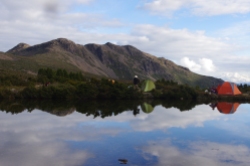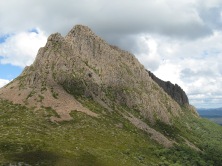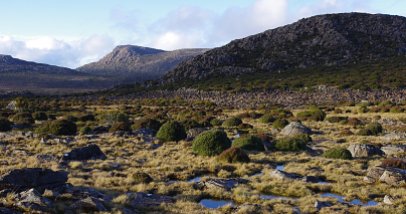Mountain Journal has published a number of stories in recent years about the fact that Jaithmathang Original Country elders are returning to the mountains to reconnect with their Yerto (meaning land/country high up).
As Jaithmathang Senior Elder, Loreman and Songman, Goengalla Jumma Myermyal Minjeke said in 2021, “in 1830 there was a population of more than 600 Jaithmathang Original People living in our isolated pristine Yerto Alpines, in our Mountain Ranges and on our fertile High Plains Country”.
“By the early 1850s our population was decimated and there were only a handful of our people left; there was the arrival and occupation by pastoralists and miners, and then the numerous massacres and killings. The last few Jaithmathang who were left were removed away from our Country to other surrounding settlements”.
Now reconnection is happening. This story comes from Karina Miotto and Goengallayin Jumma Jumma.
Continue reading “‘A brief story of a remarkable Historical gathering’”




























































Recent Comments